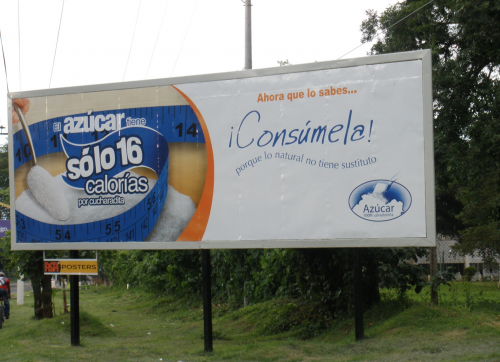Where are we on the farm bill and where should we be?
The best explanation of what’s happening with the long-delayed 2012 farm bill comes from the National Sustainable Agriculture Coalition. In September, it produced a still very much relevant Q and Aon the topic. The 2008 farm bill expired without being renewed. If Congress does not act soon, farm policy will be in big trouble. Here are some brief excerpts:
What is the relationship between the farm bill and the automatic budget cuts scheduled for January 1? The new farm bill, when and if it becomes law, will cut more spending from farm bill programs overall, on a net basis, than the automatic budget cuts scheduled to begin on January 1 under the requirements of the Budget Control Act of 2011…Whether Congress postpones the start date for automatic cuts or in other ways amends the Budget Control Act when it returns to DC after the elections is one of the biggest issues hanging over the lame duck session.
What are the farm bill choices that Congress has during the lame duck session? There are two theories about what happens next. In one, the House returns after the elections and finally brings its bill to the floor, passes the bill with amendments, the House and Senate versions then get reconciled in a farm bill “conference” committee, and a melded final bill is…sent to the President for his signature — all within the three to five weeks of the short “lame duck” session. In the other theory, Congress returns after the election and works out the details of a bill to extend, with some modifications, the 2008 Farm Bill until a date in the spring, summer, or fall of 2013. Under this scenario, the new session of Congress that begins in January (and lasts for the next two years) will start the five-year farm bill process all over again, with both House and Senate Agriculture Committees formulating a new bill that will then go through the entire legislative process all over again….
Could a new Congress next year simply revert to the farm bills passed this year? No, not exactly. Legislation does not carry forward from one Congress to the next. The process must start all over again, with bills introduced, markups in Committee, and votes on the floor of both bodies… That said, if the leaders and members of the Agriculture Committees (some of whom will be new next year) decide to bring forth and approve essentially the same bill they produced in 2012, that is an option open to them. But it still must go through the normal process and be subject to amendments and voting all over again.
What is the best path forward? There can be little doubt that the best path forward is for Congress to finish its work on the 2012 Farm Bill in 2012. That will mean getting the House bill to the House floor very quickly when the lame duck session begins, but leaving plenty of time for debate and amendments.
As to what to do about the farm bill: The Atlantic has just posted a speech by Wendell Berry on “the 50-year farm bill.”
I have described the need for a farm bill that makes sense of and for agriculture — not the fiscal and political sense of agriculture, as in the customary five-year farm bills, but the ecological sense without which agricultural sense cannot be made, and without which agriculture cannot be made sustainable. “A 50-Year Farm Bill,” which has been in circulation now for more than three years, is a proposal by The Land Institute in Salinas, Kansas, with the concurrence of numerous allied groups and individuals. This bill addresses the most urgent problems of our dominant way of agriculture: soil erosion, toxic pollution of soil and water, loss of biodiversity, the destruction of farming communities and cultures. It addresses these problems by invoking nature’s primary law, in default of which her other laws are of no avail: Keep the ground covered, and keep it covered whenever possible with perennial plants.
We need a farm bill that promotes health–of people and the planet. Buried in the messy politics of the farm bill is an opportunity to do much good.
Will Congress take it? Only if we insist.

![poll_copy_0[1]](https://foodpolitics.com/wp-content/uploads/poll_copy_01-300x253.jpg)




